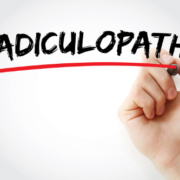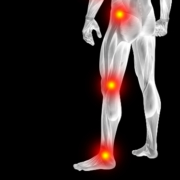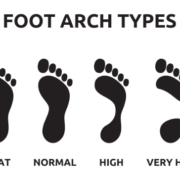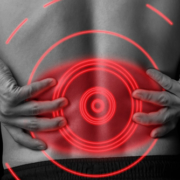How Chiropractic Helps Alleviate Back Pain In Pregnant Woman
Pregnancy is an exciting time. As you prepare for your baby to arrive you may get caught up in the excitement. At first you may not notice the twinges of pain now and then as your body goes through the incredible changes of pregnancy. However, the further along you get, the harder it is to ignore that nagging lower back pain. That pain can make you tired and make it hard to take care of the things you need to handle to get ready for the big day. Chiropractic can help relieve that pain and increase your mobility. It can make all the difference and help ensure that this very special time is pain free.
What causes lower back pain in pregnancy?
It is believed that between 50 and 70 percent of pregnant women get lower back pain. There are several reasons why a woman may experience back pain. As the woman’s girth increases, her weight is thrust toward the front. This can pull her spine forward, putting additional stress on the spine. The more weight she gains, the more her center of gravity is thrust forward and the more her spine is pulled out of alignment.
Hormones can also play a significant part in the pain. One of the many changes that occur in a pregnant woman’s body is an increase in the production of a hormone called Relaxin. The job of this hormone is to “relax” the ligaments or soften them. This allows the pelvis to spread so that the baby can be born. However, while the body is making these positive and necessary preparations, it can also allow bones to shift or move in directions that they shouldn’t. The result is an impingement or compression on the nerves exiting the spinal canal, causing the tissues in the area to become irritated and inflamed.
Another effect of the increased production of relaxin is that it can lead to intrauterine constraint. This condition causes the pelvic bones to become misaligned which obstructs the baby’s natural movement in utero while it develops. This can keep the baby from moving into the birthing position with the head down. As the bones move out of their natural place, it can stress, pull, and twist the attached ligaments. The baby doesn’t have as much space as it should so it can’t move like a normal fetus can. This can also cause breech births. Stress, poor posture, and overexertion can also cause pregnancy back pain.
Why is pregnancy low back pain so difficult to treat and what treatments are available?
Medications given to the mother will cross over the placenta delivering a dose of the medication to the baby. Because of this, pain medications are generally off limits for pregnant women. In order to protect the baby, natural pain control is preferred. This makes chiropractic a preferred treatment for pregnancy low back pain. The chiropractor may perform a spinal subluxation to bring the spine back into alignment and the body back onto balance.
He or she may also make some recommendations to help the woman manage her pain on her own, including improving her posture, stretching, and special exercises. Other recommendations may include:
- Not wearing high heels. They put strain on the back when a woman isn’t pregnant. On a pregnant body, the strain is even worse.
- Avoid bending over to pick up things, but instead, squat – or ask for help.
- Sleeping on the left side and use pillows under the belly to support it as well as a pillow between her legs.
- Rest, lots of rest and elevating her feet.
Regular chiropractic care and following the doctor’s instructions can help greatly decrease low back pain for the mom to be so that she can better enjoy the excitement and joy of her pregnancy. Chiropractors in our office have helped many women fell comfortable during their pregancies. You can check out our clinic @ www.ocwc.ca. To book an appointment, give us a call @ 780-455-2112 to get started.






